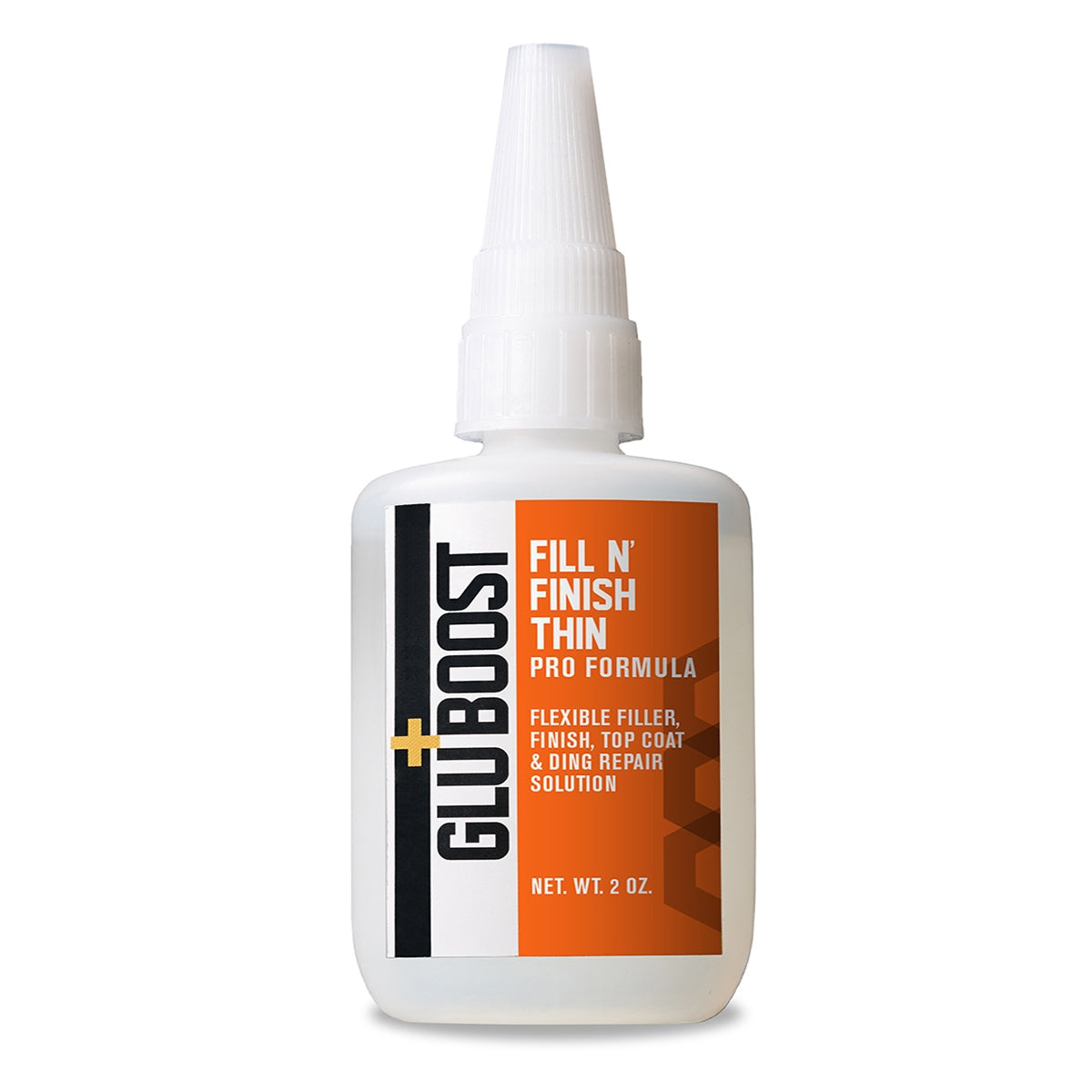It is my opinion that the "CA Wood Finish" was a term done by a creative ad agency.
I can't tell you how many "cleaning" products that my wife falls for because of the wording in advertisement, . . . and I tell her, just get some plain bleach or peroxide and water them down. There are dozens of cleaning products that have the same percentage of cleaners but they are worded differently to sell more products. LOML falls for every new ad. It still takes elbow grease!
That said, the CA industry has taken note that pen turners and some bowl turners are using CA as a FINISH. (in General, adding the word "finish" to the title means that they can charge more.) There are peculiarities that we like and on the big scale we are not that important (big) to the marketing industry, but they seem to have taken notice. That said, there is very little differences, IMO, across the line of different CAs. The best of CA Wood Finishes can be messed up easily and the worst of CA's can often be made to look great by one who has experience.
I started using "flexible" CA (and flexible epoxy) back around 2008-2009 (in Japan) for gluing in tubes into brittle wood (such as Snakewood), with the idea that flexibility in the glue might prevent some cracking due to quickly changing humidity and heat swings. The flexible glues back then were opaque - white, grey/gray, or black.
Now they are making flexible clear. These flexible clears do not appear to be nearly as flexible as the two kinds that I used back in '08-09, but for brittle wood or high humidity changes or heat situations, it seems like some "give"might make the flexible CA better suited to wood.
BUT, the greatest problem to overcome is not the kind of CA, but 1. the experience of applying, knowing the CA that you use, and knowing how to finish it. This forum has produced many great pen makers (most have left and moved on to professional offerings) and they can make most any CA look great, last long and endure, . . . and time has proven that. In Other Words: New products will not improve the finish nearly as much as experience will.


